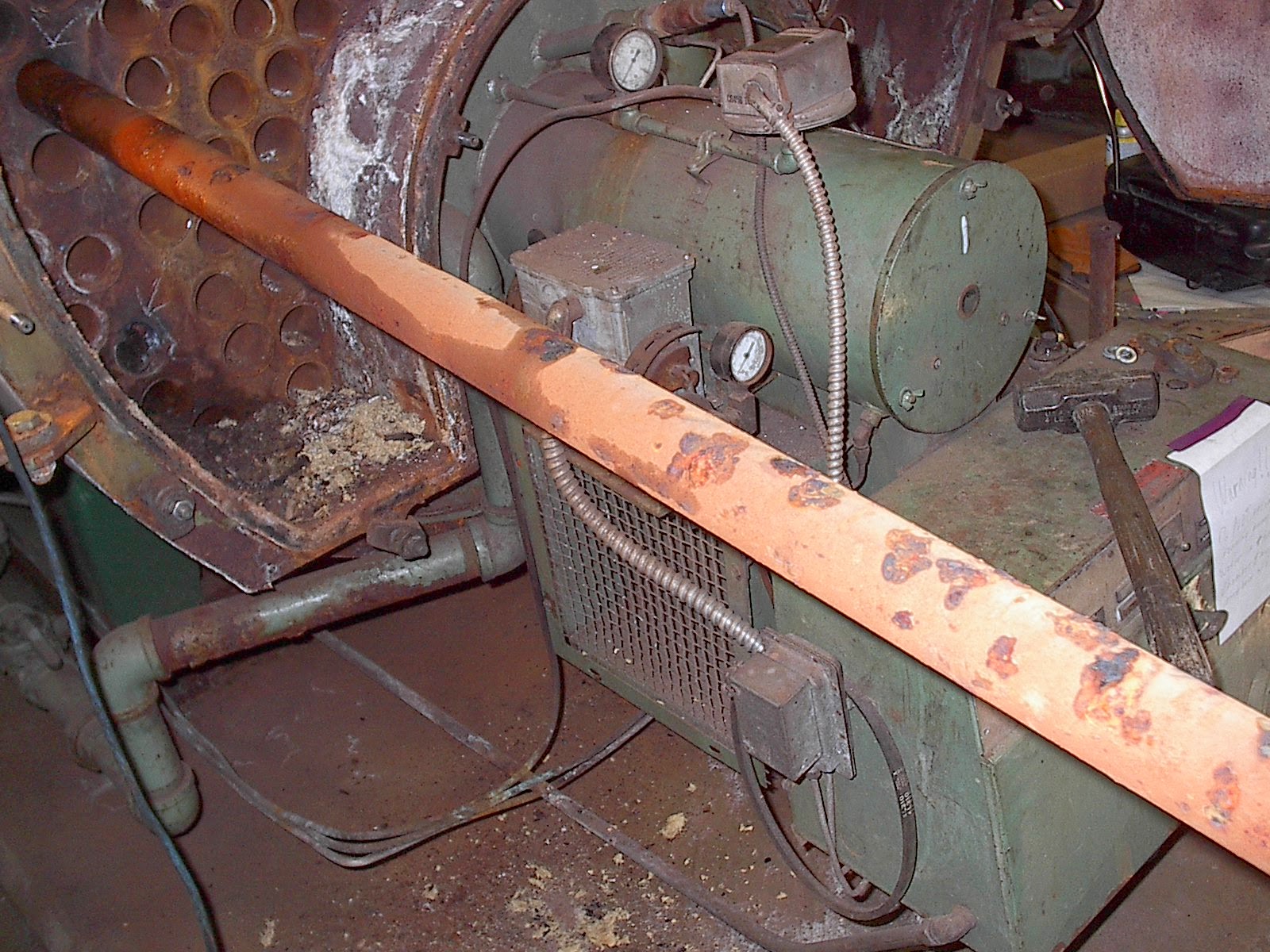Non-Evasive Test
Instruments
One of the most underutilized non- evasive test instruments in
the HVAC fields is thermal imaging. I
first utilized the technology for inspection of motor control and load centers
about 15 years ago. The services were provided by an electrical contractor
business partner and incorporated into our electrical preventive maintenance
program for annual inspections.
Value of Thermal
Scanning as a Reactive Maintenance Tool
After a myriad of roof leaks in an 11 year old building, and
my concerns that the root causes were not properly being identified and
corrective actions taken, I employed this technology. The roof leaks and
damaged insulation areas, as a result of the leak, were identified within twenty
minutes. It eliminated the destructive testing method of taking core samples of
the roof material, insulation and patching along with the “wait and see”
approach. More importantly, it saved countless in-house roofer labor hours and
callbacks for the same leak until the issue was finally resolved.
Thermal Scanning to
Identify Heating Loop Issues
Seeing the results, success and benefits of the thermal
imaging as a preventive maintenance as well as a diagnostic tool I purchased
a lower to mid-level price point model at the time as well as training. While more features continue to be added, the
biggest advancement to occur, in my opinion, in thermal imaging is the reduction
of cost. I became responsible for a
healthcare facility that had an aged infra-structure. The facility
employed two screw chillers and three hot water boilers in a dual temperature
configuration with two zones for three buildings.
Energy usage was substantially higher than similar size
facilities, along with the inability to maintain proper water treatment of the
closed loops. Valve identification charts along with all Mechanical,
Electrical, and Plumbing (MEP) drawings were non-existent upon my assuming
responsibility, not to mention more than half the valve tags were missing as
well. I love a challenge, and this was
clearly a challenge. Hand sketches were made of the piping and panoramic pictures
taken of the central plant and pieced together then mounted on foam board for
offsite reviewing; valves were numbered and valve charts developed. After
existing water flow pattern and valve positions were documented, thermal scans were first used to
identify valves that were passing. In addition, valves were found in the
incorrect positions with respect to the season. Corrective actions were taken
and correct water flow patterns were established for the seasonal operational
mode.
An area of concern was the inability to maintain proper
water treatment on the closed loops. I
suspected a leak or open drain valve, but none was evident in the mechanical
rooms. Water meters were installed on
the boiler and chilled water makeup lines. The boiler make up on Zone A
indicated almost 950 gallons per day were being added to the system. I had
staff check every accessible area of piping as well as all air vents and fan coil
units. No leaks were found other than minor valve packing leaks. One area of
the piping distribution system was under slab. When a thermal scan was
performed on the area, a leak under the slab was identified. The heat signature
continued in the direction of an outside courtyard to a point about 30 yards
away. At this location there was a set of store front doors; one side was
inoperable due to a settling of a canopy support column. Thermal scan of this
area indicated a temperature 78 degrees when the outside temperature was 33 degrees.
The thermal scans not only located a leak, but the root cause of the column
settling. A 21 – 26% reduction in energy associated with the equipment was
realized depending on the month and ambient conditions as a result of the
corrective actions. What could not be quantified was the resulting thermal
satisfaction in terms of temperature and humidity control in the building. Unfortunate
consequences of the condition were boiler tube failures from the lack of water
treatment and oxygen.Proactive Maintenance
The use of thermal scans ranging from bearing, motors, air duct
leakage to identifying blocked passages of chilled water coils, thermal scans
are another method to determine a cause, or contributing factor of a
thermal complaint or problem. Thermal
scans are an efficient use of time and labor resources. The use of thermal
scans allows an organization to move from a reactive to a preventive mode to
improve operational efficiencies.
